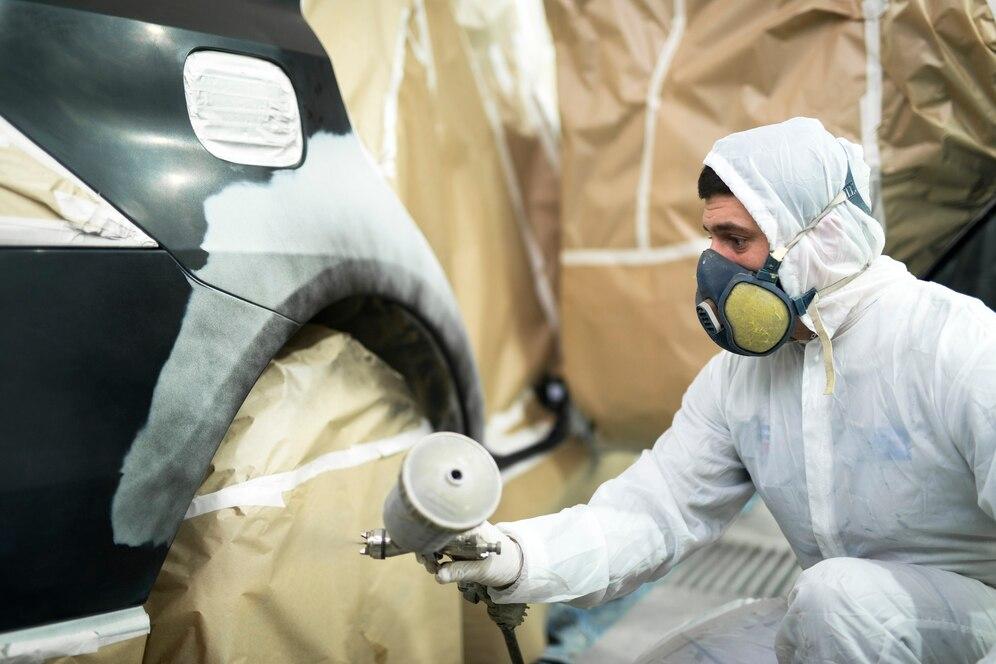Your car is more than just a mode of transportation; it's an extension of your personality and an investment. However, over time, it's inevitable that your beloved vehicle will suffer some dents, scratches, or paint imperfections. When that happens, understanding the basics of car denting and painting can save you time, money, and ensure your car maintains its aesthetic appeal.
- Dent Repair Techniques: There are several methods for repairing dents, including paintless dent repair (PDR), which is a non-invasive method suitable for smaller dents without paint damage. For larger or more severe dents, traditional dent repair and repainting may be necessary.
- Painting Process: Repainting a car involves several steps, including sanding, priming, painting, and clear coating. Choosing the right paint color and finish is crucial to achieving a seamless look.
- Quality Matters: Quality matters when it comes to car denting and painting. Choose a reputable auto body shop with experienced technicians and the right equipment. Ask for referrals and read reviews to ensure your car is in good hands.
- Cost Estimation: Get multiple quotes from different shops to compare costs. Keep in mind that cheap services may not always provide the best results, so prioritize quality over price.
- Insurance Coverage: Check your insurance policy for coverage on car denting and painting. Some policies may cover these expenses, which can significantly reduce your out-of-pocket costs.
- Maintenance: After repairs, proper car maintenance is essential to preserve the new look. Regular washing and waxing can protect the paint and keep your car looking great for years.
In conclusion, understanding car denting and painting processes and their importance can help you make informed decisions when it comes to maintaining the appearance and value of your vehicle. Invest in quality repairs, choose the right professionals, and prioritize proper maintenance to ensure your car looks its best for years to come.
